One of the common complaints with the Jeep Wrangler JK is the quality of the sound system. The head units in the Wrangler JK are underpowered (especially the base Mopar 130S radio) and the speakers particularly weak. Also, many dislike the UConnect system which is a Bluetooth connection between the radio and a smartphone to enable handsfree calling and audio (e.g. music) from the phone to the system.
Eventually, some Wrangler owners act on their desire for more from there sound system, myself included. My primary reason to upgrade my basic 130S stereo (with no screen) was to get Apple Carplay capabilities with a heat unit screen. The UConnect system is very lackluster for music playback and having a screen to display Waze and other Apple Carplay compatible apps was highly desireable.
A few months ago I took the first step to upgrade the sound system in my 2018 Jeep Wrangler JK Unlimited Rubicon by acquiring the Kenwood DMX7706S head unit. This offered Apple Carplay in a relatively inexpensive package.
I initially looked into the Alpine head units because Alpine has packages specifically designed for the Jeep JK. But I came across reports on Jeep forums from users who had issues with the head unit, specifically when combined with the iDatalink Maestro RR.
The iDatalink Maestro is an interface between the head unit and the vehicle computer that allows the head unit to receive vehicle data from the vehicle computer including but not limited to coolant temperature, transmission fluid temperature, voltage, and tire pressure. The iDatalink Maestro also allows the steering wheel controls to act on the aftermarket head unit.
Given some of the issues people reported on the Alpine head units with the Jeep JK, and the fact that the Kenwood DMX7706S is about half the cost of the cost of the lowest priced Alpine Jeep-specific package (even when including the cost of the iDatalink Maestro interface module), it made the decision to go with the Kenwood over the Alpine much easier.
The install of the new head unit took a few hours. I ordered the head unit through Crutchfield and the site will recommend the appropriate harnesses, adapters, and other accessories to ensure the install goes smoothly. What Crutchfield recommended during the order was spot on and helped make the install relatively straightforward.
After I got the Kenwood DMX7706S installed, I was immediately glad I changed the Jeep 130S head unit for the aftermarket unit, simply because of the Apple Carplay capabilities. It is so much of a joy being able to have Waze on the larger screen, rather than trying to read it off my phone in the 67Designs mount. Being able to quickly make/answer calls and play music and podcasts through the wired Apple Carplay connection is also great (no UConnect bluetooth lag).
Secondly, I was able to get a gauges screen on the Kenwood DMX7706S (which I configured to run with a specific button on the steering wheel), and can quickly display coolant temperature, transmission temperature, voltage, external temperature, and intake temperature all on one screen.
Plus, the quality of the sound improved with a new head unit. The audio seemed clearer with less distortion.
Of course, the factory speakers were still holding it back. Thus, a few months after installing the Kenwood DMX7706S, I decided to replace the speakers in the rear soundbar with Alpine SPV-65X-WRA speakers.
Sold in pairs, the Alpine SPV-65X-WRA is specifically marketed for Jeep Wrangler JK vehicles as a direct 6.5″ woofer (and tweeter) replacement for either the front dashboard and rear soundbar. The speakers are plug-and-play with all the necessary connectors for a Jeep JK and are marine-grade speakers which mean they are weather resistant. The Alpine SPV-65X-WRA speakers carry an IP55 rating.
First digit in IP55 rating: Ingress of dust is not entirely prevented, but it must not enter in sufficient quantity to interfere with the satisfactory operation of the equipment; complete protection against contact. Second digit in IP55 rating: Water projected by a nozzle (6.3mm) against enclosure from any direction shall have no harmful effects.
Installing speakers in the rear sound bar actually relatively simple and can be done in less than an hour. But I also took the time to add some sound deadening material in the soundbar along with polyester fiber stuffing (aka polyfill).
I removed the soundbar completely from the Jeep and put in some Boom Mat sound deadening material to line the inside of the soundbar where the main woofer resides. Then I put in polyfill to take up the dead space.
Using polyfill in the soundbar (even with factory speakers) is a common trick used by Jeep Wrangler JK owners to improve the audio of the rear soundbar. According to what I’ve researched on the whole concept around polyfill, polyfill essentially fills up the voids in the box to slow down sound waves making the speaker perform as if the box were bigger.
I’m not fully convinced by this theory, but the Jeep rear soundbar is a long hollow box, so the acoustics of the soundbar is probably not ideal. Thus, stuffing polyfill in some of the voids of the soundbar, particularly going towards the center of the enclosure made sense.
Polyfill aside, the quality of the sound from the Alpine SPV-65X-WRA in the rear soundbar was a huge improvement over stock. I could increase the volume significantly more on the head unit before the sound quality degraded. Given the improvement, I ordered another pair of the Alpine SPV-65X-WRA speakers and replaced the front speakers.
Replacing the woofers in the Jeep Wrangler JK is a little tedious, but it does not require disassembling the entire dashboard.
Note that the Alpine SPV-65X-WRA instructions are only about 60% accurate in the step-by-step overview for replacing the front dashboard woofers. The instructions tell you to remove two 8mm bolts on the front of the dash for each the driver and passenger side (two additional bolts on each side for 2007-2011 models). Well, you actually don’t need to take off the 8mm bolts on the passenger side. You will be able to remove the woofer box through the dashboard after pulling out the glove compartment.
On the other hand, you will need to remove those 8mm bolts on the front of the dashboard on the driver side, and you also need to remove an 8mm bolt underneath the dashboard on closest to the kick panel. This will allow you to pull the dashboard forward in order to remove the driver side woofer enclosure (after unclipping the wiring and removing three bolts holding the woofer enclosure). It looks sketchy when you do it, but after the woofer box is unbolted, you will pull back on the driver side front panel / dashboard holding the bottom edge. Just be slow and deliberate as you continue to apply more force when pulling/peeling back the dashboard panel until the woofer enclosure can be tilted completely forward and fall out.
Anyway, I replaced the factory front woofer and tweeters with the Alpine SPV-65X-WRA kit resulting in all four tweeters and four woofers replaced with Alpine tweeters and woofers. The overall sound is a huge improvement over the factory setup.
I apologize for the lack of photos during the install (particularly for the head unit and front woofers), but I never intended to do an installation guide. Rather, I just wanted to talk about what I swapped out my factory 2018 Jeep Wrangler JK Unlimited audio system with, coming from the basic 130S head unit and standard speakers.
Swapping out the rear soundbar speakers is quite easy and can be done in less than an hour if you don’t bother with lining the soundbar with sound deadening material. You do not even have to remove the soundbar from the vehicle. I just did this to make the soundbar prep easier.
Swapping out the front tweeters is also very simple and both fronts can be changed in 15 minutes. Changing out the front woofers will only take an hour or two at most.
The Kenwood DMX7706S and Alpine SPV-65X-WRA setup is hardly a top-tier setup. I am not a car audiophile, so I don’t really have the desire to go with the highest grade speakers, or run amplifiers, subwoofers in a seperate enclosure, or other custom aftermarket audio equipment. But my new configuration definitely satisfies my needs in terms of head unit features (Apple Carplay, OBD2 gauge readings) and an improvement in sound quality.
The cost was not terribly expensive. All total for the Kenwood DMX7706S, iDatalink Maestro RR Interface Module, Alpine SPV-65X-WRA speakers, SiriusXM tuner, and the supplementary cables for the head unit (e.g. head unit harness, adapter to use factory SiriusXM antenna, etc.), I spent around $1050.
The speakers were $200 per pair and you can actually find decent 6.5 woofer and tweeter combos for half the cost or less, so you can replace your stock Jeep Wrangler JK audio setup for well under $1000. I specifically opted for the Alpine SPV-65X-WRA speakers for the weather resistance.
At the very least, I recommend getting an Apple Carplay cable head unit. Apple Carplay (or Android Auto) alone is worth spending the time and money replacing the stock head unit.

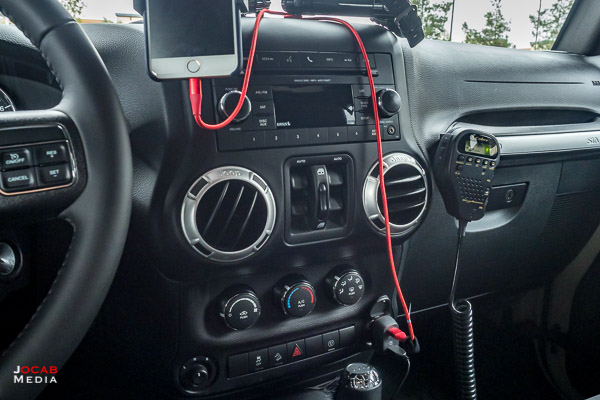
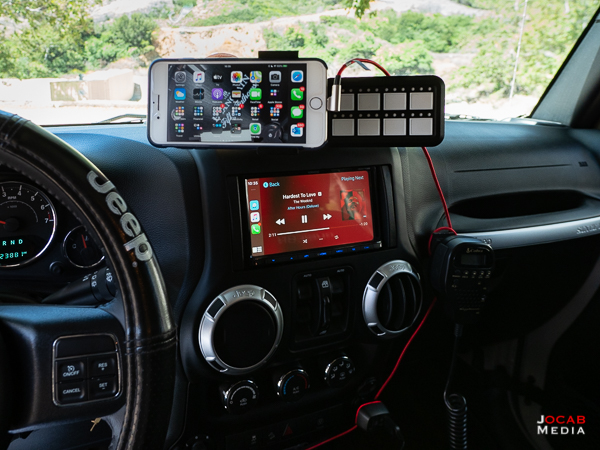
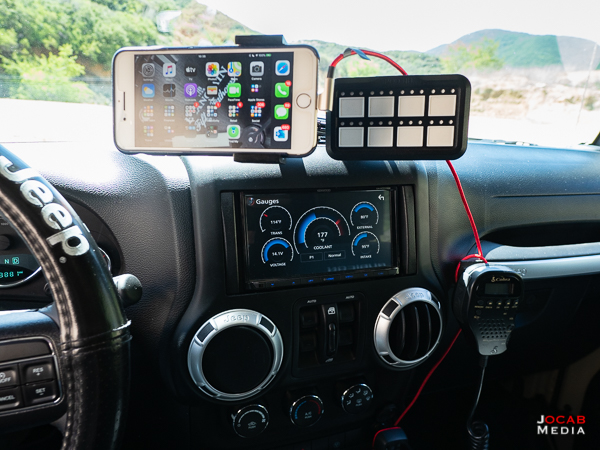
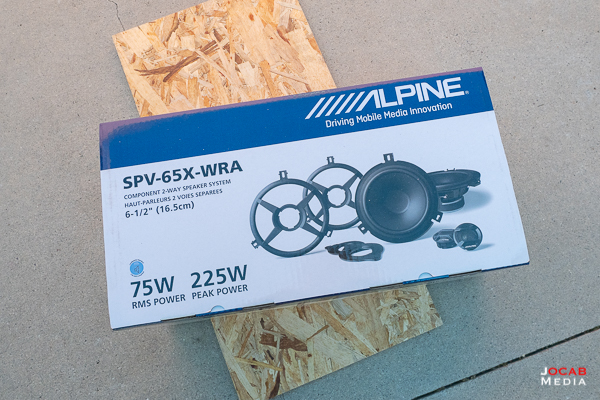
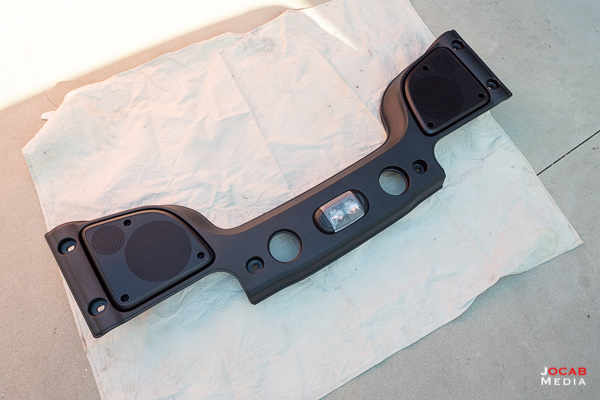
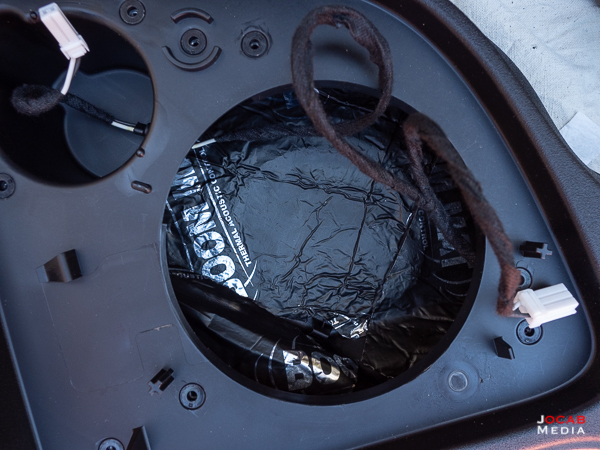
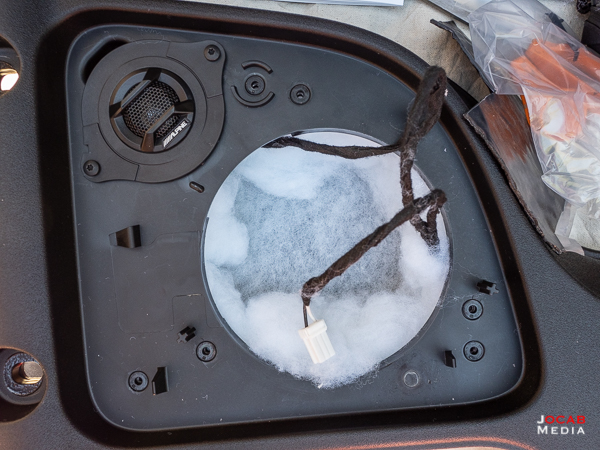
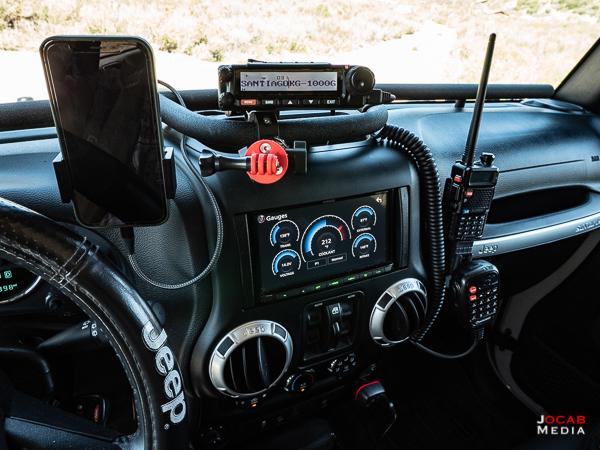
Comment on this post